The Langley Aerodrome and the Race to Fly
Nowaways nearly everyone knows that Orville and Wilbur Wright were the “First in Flight,” but that wasn’t always the case. A local scientist almost knocked them out of the history books... twice.
In 1903 a team under the direction of Smithsonian Secretary Samuel Langley attempted a manned flight of a motor-powered airplane from a houseboat in the Potomac River near Quantico, Virginia. If successful, it would have been the world’s first flying machine.
There was a lot of optimism that Langley’s experiment would indeed work. After all, he had successfully launched two unmanned, steam powered flyers a few years earlier and the U.S. Army had invested $50,000 in this latest project.[1] (The heavy government subsidy led the Washington Post to remark that “the question of expense has not been allowed to interfere with the success of the flying machine.”[2])
Langley and his team of scientists worked on their “Aerodrome” in a heavily guarded facility in Washington in an effort to keep the specifics of their design classified.[3] Secrecy was of the utmost importance as plenty of other groups – including the Wright Brothers, of course – were simultaneously working on their own designs in hopes of being the first to fly.
After years of development and a series of last minute delays, the much anticipated moment of truth arrived on October 7, 1903. As a large contingent of press and photographers watched, Langley’s Aerodrome was loaded into the catapult-like launch apparatus atop the houseboat. At 12:20pm, pilot Charles M. Manly (Langley’s chief assistant on the project) started the engine and gave the signal for launch. The springs on the launcher were released and Aerodrome was flung into the air.
It promptly fell into the Potomac.
The New York Times called the attempt a “Flying Machine Fiasco”[4] and the Washington Post reported that Langley’s ship was “a total and admitted failure.”[5] Undeterred, Langley and Manly attempted a second launch on December 8, 1903. But when that one failed as well, the government and public soured on Langley’s designs. The Wright Brothers would successfully fly their “Wright Flyer” near Kitty Hawk, North Carolina a little over a week later and Langley soon gave up work on his Aerodrome. He died in 1906.
One might assume that the Wrights’ successful flight – or certainly Langley’s death! – would mark the end of the race to the air. But not quite.
In 1914, aviator Glenn Curtiss pulled Langley’s plane out of storage, refurbished it and was successful in a number of short flights. As a result, the Smithsonian displayed the Aerodrome in its museum as the first motorized, manned craft “capable of flight,” choosing to ignore the fact that Curtiss had made extensive alterations to Langley’s design in order to get it off the ground.
The Smithsonian-Curtiss relationship was mutually beneficial for both parties. In the Museum’s eyes, the 1914 flights of the Aerodrome validated the work of the Institute’s former Secretary. Meanwhile, Curtiss gained some legal leverage to fight patent battles with the Wright brothers in court. The museum’s actions caused a decades-long scrap with Orville Wright (Wilbur died in 1912). Unwilling to accept the Smithsonian’s revisionist history, Orville donated the original Wright Flyer to the London Science Museum in 1928.[6]
There is a happy ending, however. In 1942, the Smithsonian revealed to the public that Curtiss had indeed made extensive modifications to Langley’s Aerodrome, thus finally validating the Wright Brothers’ flight. The original Wright Flyer was returned from London in 1948, for the price of one dollar and took it's rightful place in the Smithsonian. Not entirely forgotten, an original Langley Aerodrome model now resides in the National Air and Space Museum’s Steven F. Udvar-Hazy Center in Chantilly, Virginia.
Footnotes
- ^ McFarland, Stephen L.. A Concise History of the U.S. Air Force. (Ft. Belvoir: 1997) Defense Technical Information Center. p. 2.
- ^ “Nearly Ready to Fly: Langley's Assistants Clear the Decks for Action,” Washington Post, 24 July 1903, p. 4.
- ^ “Langley’s New Aerodrome: Scientists Working Hard to Complete It – Houseboat Ready to Move it From Washington,” New York Times, 14 July 1903, p. 6.
- ^ “Flying Machine Fiasco,” New York Times, 8 October 1903, p.1.
- ^ “Buzzard a Wreck,” Washington Post, 8 October 1903, p. 1.
- ^ Howard, Fred, Wilbur And Orville: A Biography of the Wright Brothers. (New York: 1988) Ballantine Books. pp. 393-402.


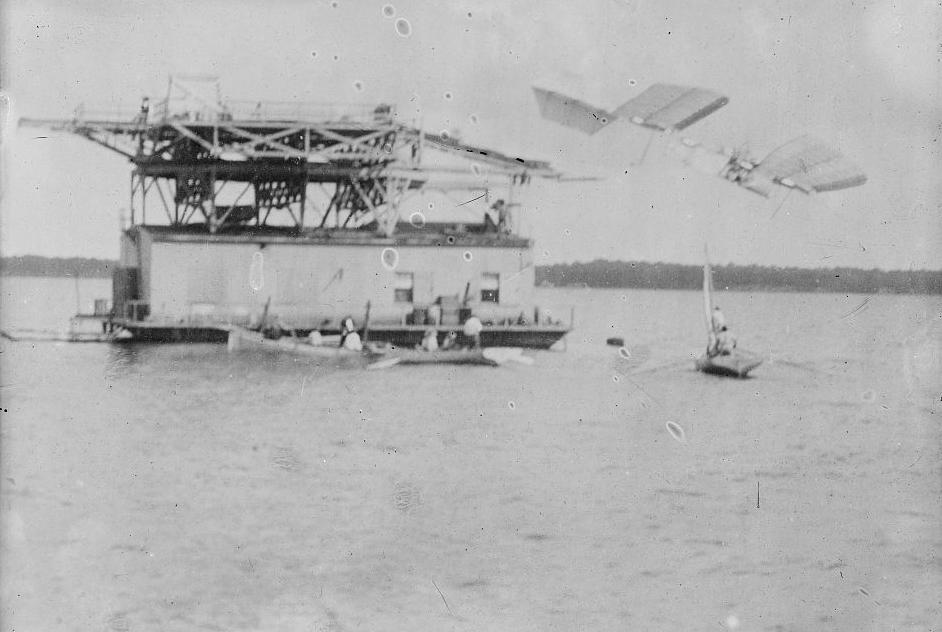
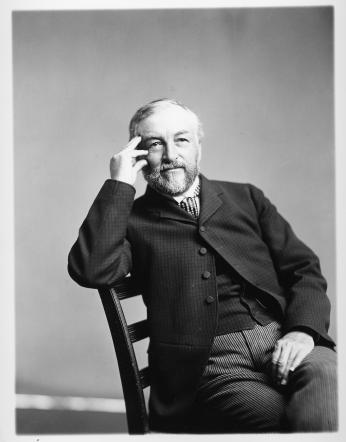
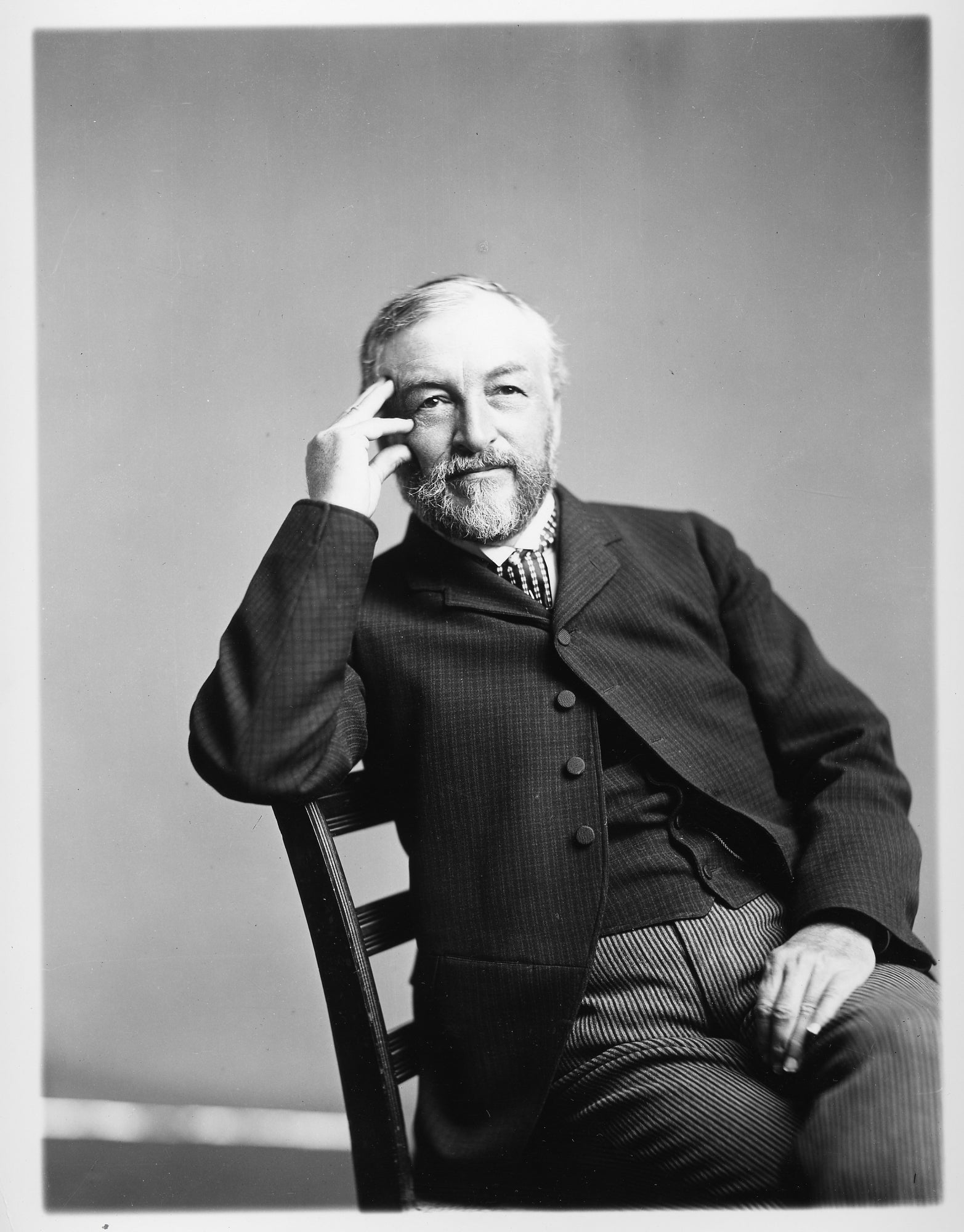
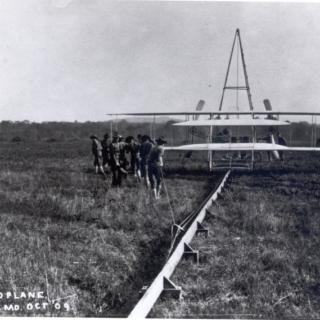
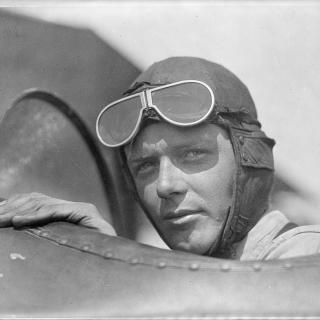
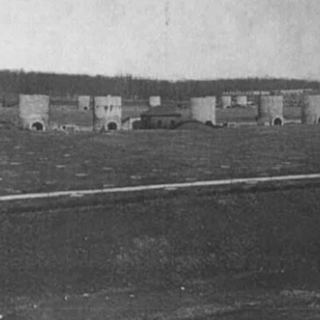
![Sketch of the mythical fuan by Pearson Scott Foresman. [Source: Wikipedia]](/sites/default/files/styles/crop_320x320/public/2023-10/Goatman_Wikipedia_Faun_2_%28PSF%29.png?h=64a074ff&itok=C9Qh-PE1)












